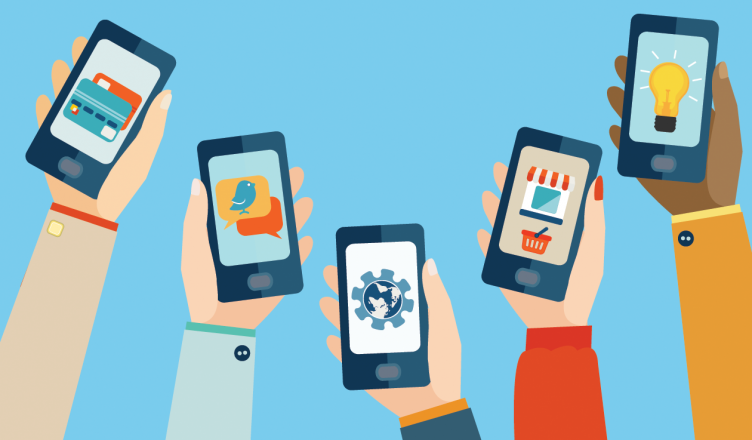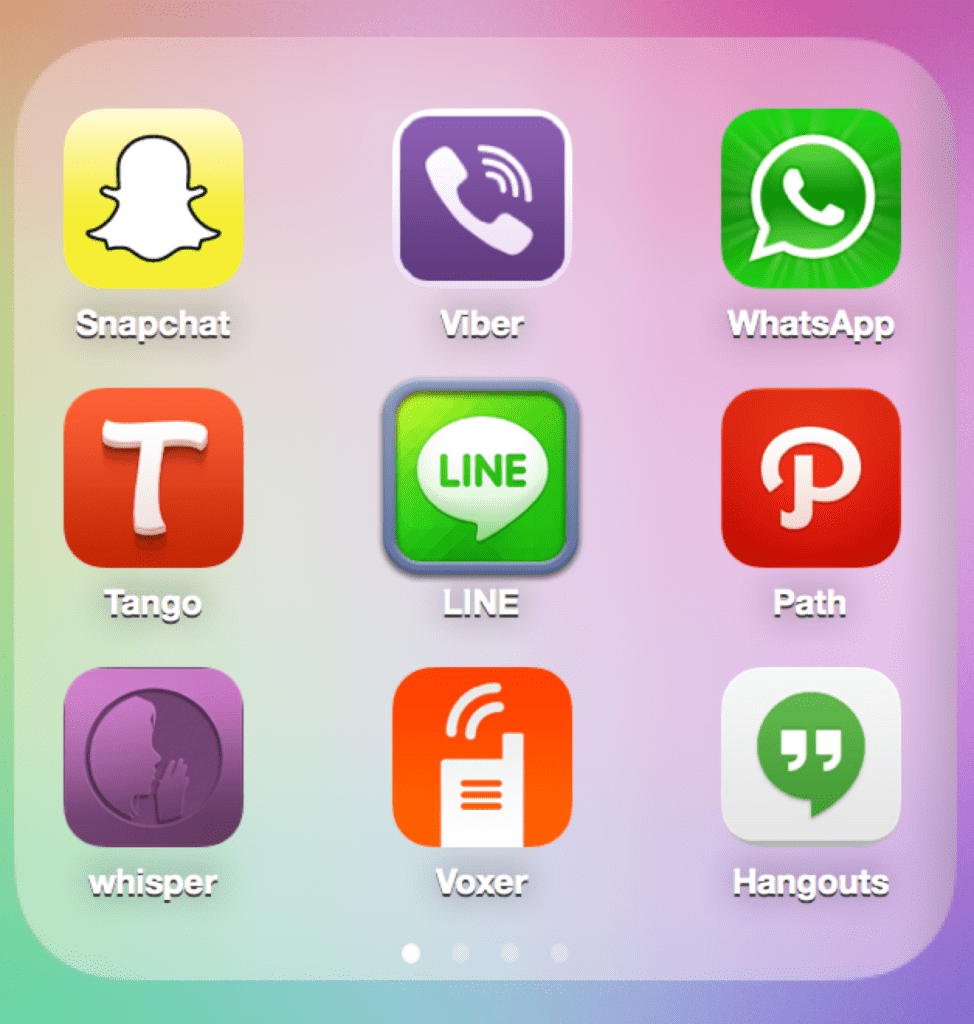How To Boost Your Business With Mobile Messaging

Social media platforms, as tools for communicating news and announcements, are great places to broadcast content to a wide audience. However, the content you place on your social media pages, your blog and your website is passive. You have to rely on your audience visiting your social media pages and website, and consuming that content. You have no way of ensuring that all of the people you want to see your content sees it, or that they see it in a timely enough manner to act upon it.
Here’s something else to consider. What do you do if you have something to share that you don’t want all of your audience to see? What if something is meant only for members of your loyalty club, for customers living in a certain area, or for a specific subset of your target audience?
You can solve these problems by using various apps and tools to reach customers directly on their mobile devices. Using SMS-like Mobile Messaging tools allows you to actively engage your target audience, and helps to ensure that the right people receive your content at the right time. Because these messages are by nature shorter and more casual in tone, you can also inject a bit of your brand’s personality into them.
If using what could essentially be described as pseudo-SMS technology to directly access your audience is new to you, keep reading. Here are a few techniques and best practices for using direct to mobile device messaging in business, along with some suggested uses.
How Can Messaging Apps be Used as a Marketing Tool?
Because mobile messaging apps such as Facebook Messenger have become so popular, the time is ripe for adding messaging to your content marketing strategy. Here are a few ways in which messaging can be used to reach out to your audience.
- Special offers to targeted audience members
- Billing and payment reminders
- New product and service announcements
- Live customer service
- One on one interaction with users
- Reminder notifications
- Image based content
- Downloads
- Soliciting and receiving user feedback
- New content announcements
Choosing a Mobile Messaging App
In addition to Facebook Messenger, you have many other options when it comes to selecting the messaging app that you want to use. Because the needs of every business are different, it is difficult to recommend a specific app. The best thing to do is research and pick an app that has a proven reputation in its use as a marketing messenger tool. Another option is to work with an app developer to create a messaging app for your business, or to add messaging to your existing mobile app.
Getting Audience Members on Board
Just like you wouldn’t send out marketing emails to someone who hasn’t opted in, you also wouldn’t begin broadcasting messages to anybody who hasn’t indicated an interest in receiving them. This means your first step is to convince people of the benefits of receiving your messages. Here are a few ways you can do this.
- Have a clear idea of the benefits users will gain from signing up
- Communicate those clearly on any pages or communications where you ask people to opt in
- Send targeted emails to current subscribers
- Add a call to action button on your home page
- Promote your new messaging service on social media
- Offer an incentive of some sort to people who opt in
- Add the option of opting in to your checkout process and email subscription forms
- Reassure customers that opting back out is simple and easy
- Include a separate opt in for push notifications
Of course, once you have audience members on board, your next step is keeping them on board. You can do this by following through on any promised benefits, offering up interesting content in your messages, and avoiding the appearance of spam.
Getting Your Audience Invested
Beyond getting people to sign up and remain subscribers, you want to use messaging to create engagement. The first step in doing this is to establish a clear mobile messaging strategy. This means understanding who you are trying to reach with your messages, and having a plan for turning passive message recipients into active users.
The key to creating this engagement is to ensure that your messages are relevant, timely and properly targeted. You also want to focus on quality by making an effort to write perfect content. After all, the primary motivation for signing up to receive messages is to get content quickly and conveniently. If you are not using segmentation already, now may be a good time to start. It will help you to determine which messages are best for each of your customer personas.
Another important thing to consider is user education. The better they know how to use your messaging app, the more likely they are to become active users. A bit of education can go a long way.
In-App Messaging And Push Notifications
Your messaging will take place in two distinct arenas. The first is in-app messaging. These are messages that you will send to people who are actively using your chosen messaging app. The second are push notifications. These are messages that will be seen by users even if they don’t have the messaging app open. If you plan to use both, you should create distinct strategies for each.
Your strategy for in app users should be based on current behavior. For example, after a purchase is made, you might use that as a trigger to send a thank you message along with a coupon code for a future order. For push notifications, your goal should be to drive people back to engaging with you.
Thinking Beyond Mobile
For now, your target customers are going to be smartphone users and tablet users for the most part. However, you should also keep your mind on the future. You have to consider wearable technology, for example. Then, there are also devices such as Roku boxes, smart televisions and the XBox 1, all come with apps that are friendly for messaging. Then there is the Internet of Things. If you are in the business of manufacturing or servicing internet connected items such as appliances or even tools, you have the potential to broadcast messages directly to those devices. This has potential for both marketing and service applications.
Images attribution: (Lead/Featured image: multiple sources; origin unknown)
https://pixabay.com/en/tool-vehicle-technology-wrench-646325/
https://tctechcrunch2011.files.wordpress.com/2013/10/messaging-apps-2.png
http://www.lehman.edu/lehman/enews/2008_03_10/images_issue/yunus_audience.jpg
http://www.appmarketingagentur.de/wp-content/uploads/2013/11/in-app-push-notification.png
Patrick Cole
Latest posts by Patrick Cole (see all)
- 5 Tactics For Extending Conversations With Customers - July 6, 2016
- To Gain Customers Trust, Get To Know Their Personality - June 23, 2016
- How To Boost Your Business With Mobile Messaging - May 31, 2016





